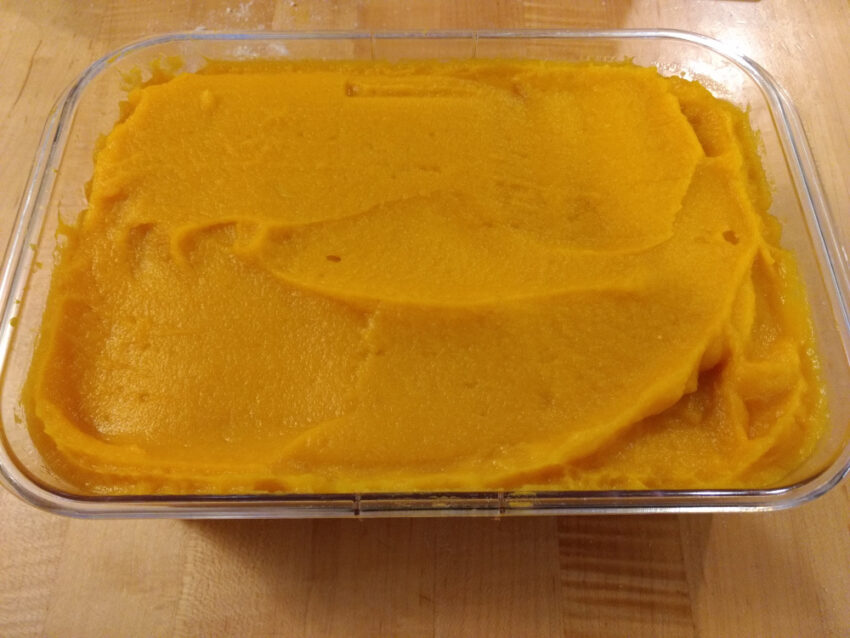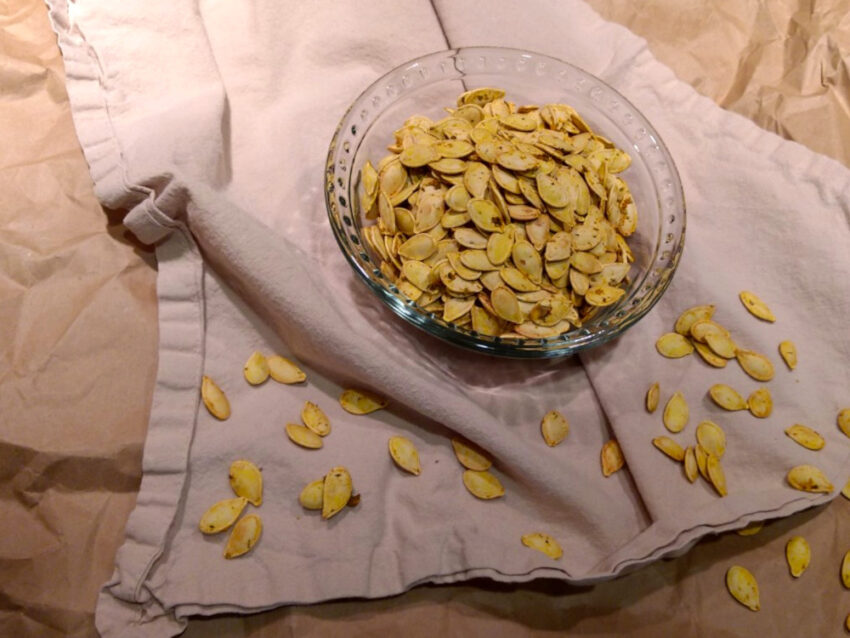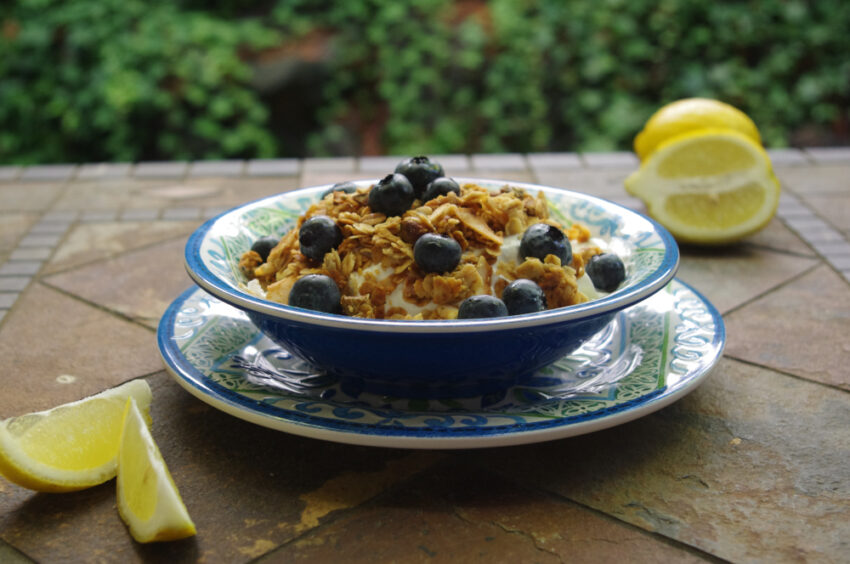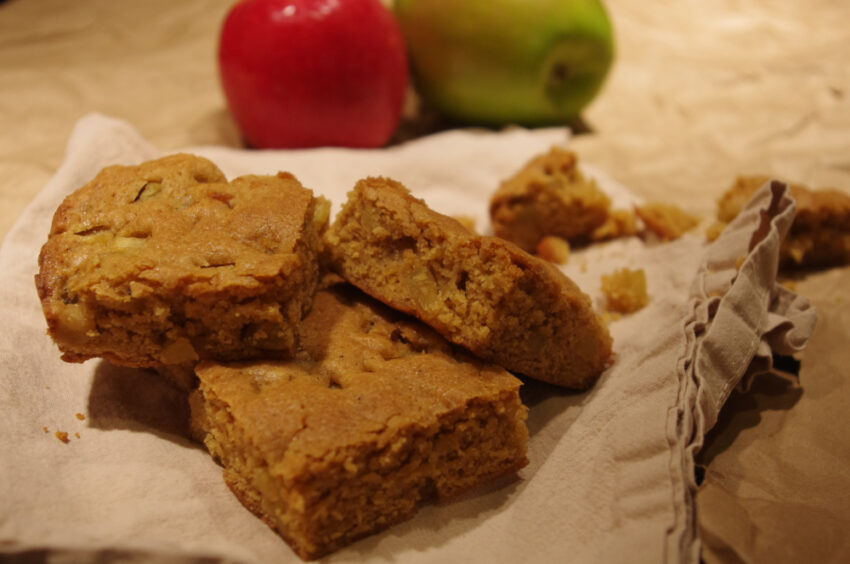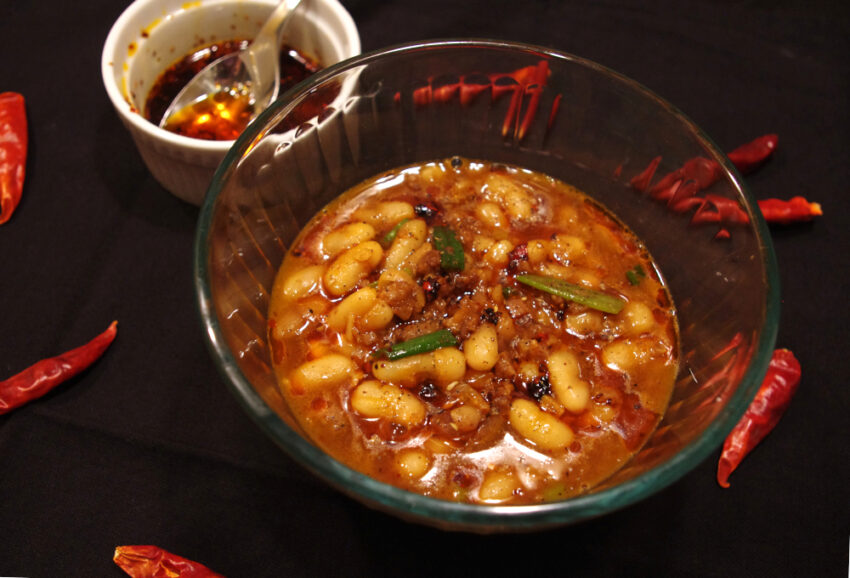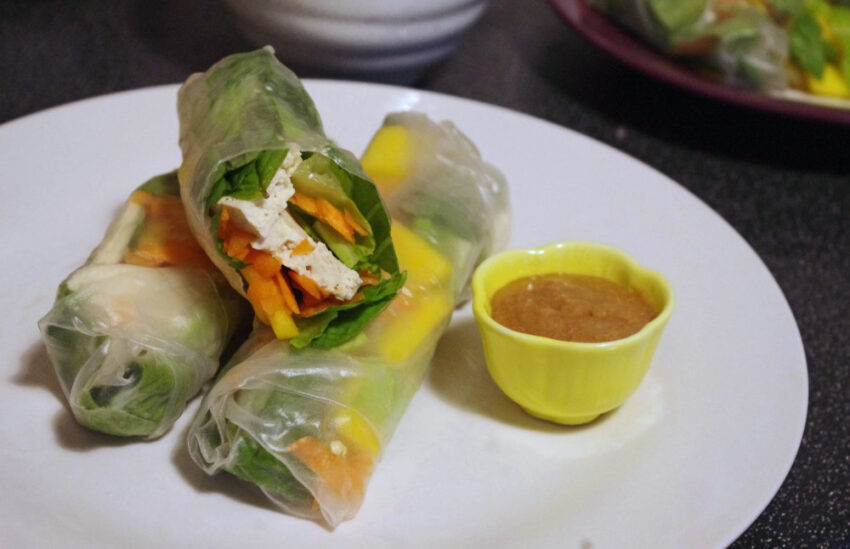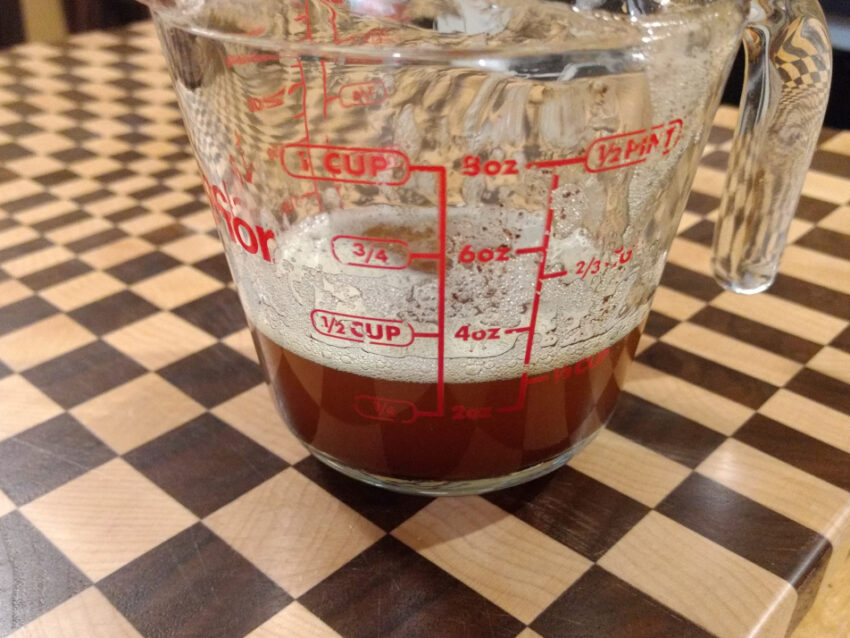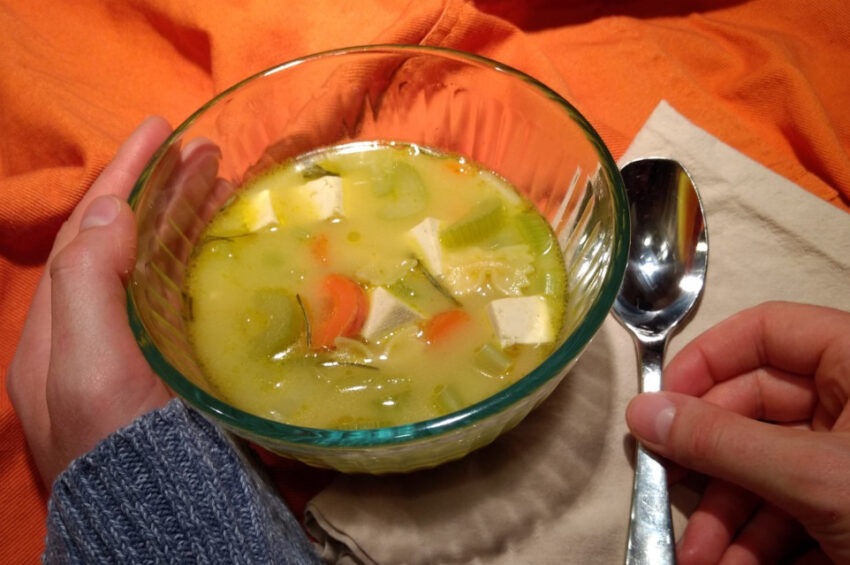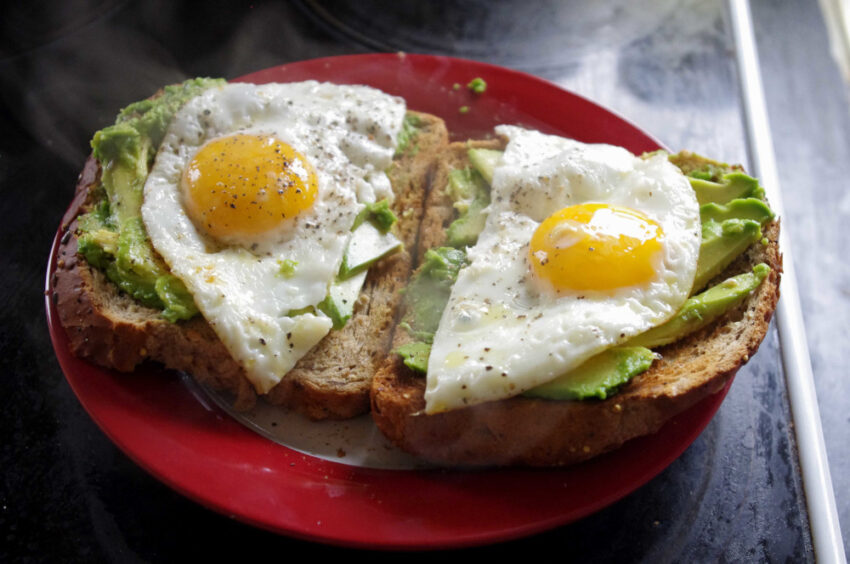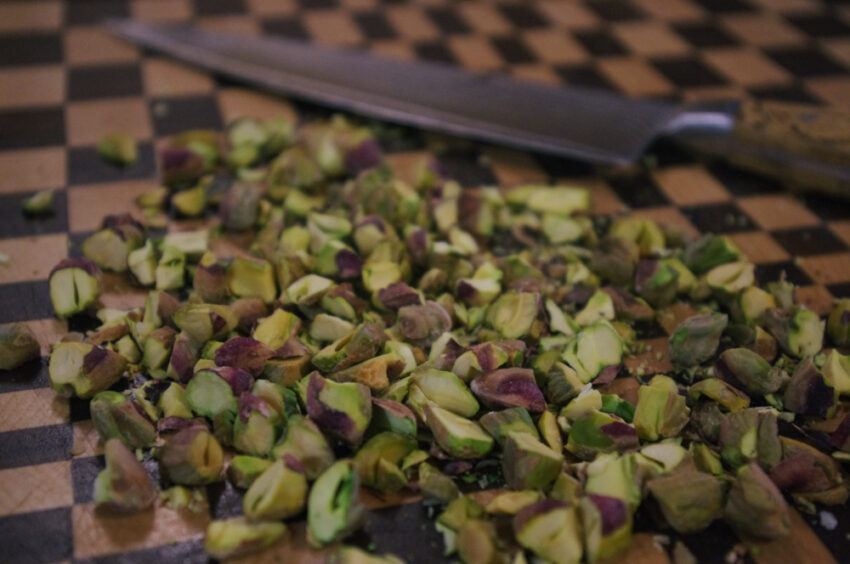Many recipes, especially for baked goods, call for pumpkin puree. In the US, you can buy canned 100% pumpkin puree in nearly any grocery store, and I often use that in my cooking. Sometimes though, I like to make my own, and it’s pretty simple to do with the help of a food processor or blender.
Garlic-Herb Pumpkin Seeds
Toasted pumpkin seeds are a tasty and healthy snack. Great to mix things up and satisfy that need for savory crunching. Not only that, but putting the seeds to use when cooking with squash reduces food waste!
Lemon Square Granola
Taking its flavor inspiration from the classic dessert, this recipe incorporates fresh lemon zest, coconut and buttery pistachios into a chunky, bright granola that, despite its namesake, isn’t overly sweet. It makes for a particularly gorgeous breakfast with fresh blueberries and yogurt.
Apple Pie Bourbon Blondies
Redolent with brown butter and bourbon, moist and chock full of fruit, these bars are the best of butterscotch blondies and apple pie rolled in one–and would be delicious a la mode, I’m just saying.
Vegan Mapo Beans
I am always on the lookout for interesting dishes and flavors to play with, and when I came across a recipe for beans in the style of mapo tofu, I was intrigued. The finished product has a spicy, complex, savory flavor and a satisfying texture boost from the large white beans used in place of silken tofu.
Salad Rolls (Gỏi Cuốn)
Hailing from Vietnamese cuisine, salad rolls can include a variety of fillings and make for a delicious and healthy appetizer or light meal. This recipe is more a of a guide–the exact amounts aren’t important, and you can try different filling combinations of your own. I’ve included the core ingredients and a suggested set of additional flavors to get you started, along with a recipe for peanut dipping sauce. If I’m being honest, I love peanut sauce so much that the rolls themselves are more of a vehicle…
Brown butter
Brown butter is one of those magical flavors that improves nearly everything. Here’s how it’s made and some facts about it.
Vegan “Chicken” Soup
Sometimes there’s just nothing like chicken soup, especially when it’s chilly outside or you’re coming down with a cold. Warm, mellow broth and classic ingredients combine for a dose of liquid comfort. This recipe’s got everything but the chicken and is a breeze to make!
Avocado Toast
Avocado toast basically it does what it says on the tin, and memes aside, it’s great. Satisfying and nutritious any time of day, whether as a snack or a meal. You can cook the eggs any way you want to.
Toasting Nuts & Seeds
Toasting raw nuts and seeds can enhance their flavor, aroma, and texture. Toasting is easy and doesn’t take very much extra time, but it can have a big impact on the finished product! Here I have provided a basic guide for your reference.

